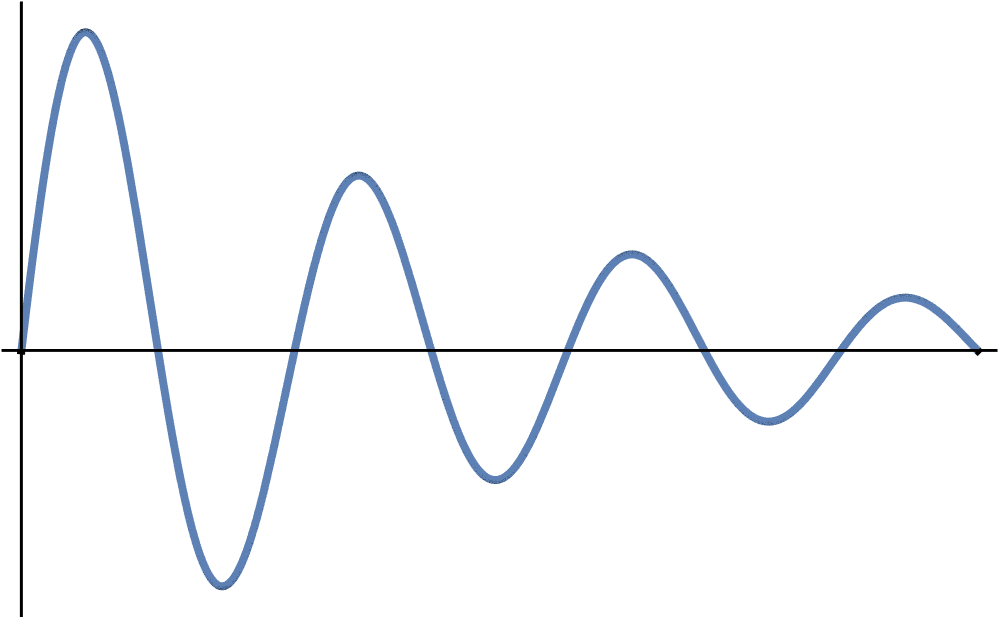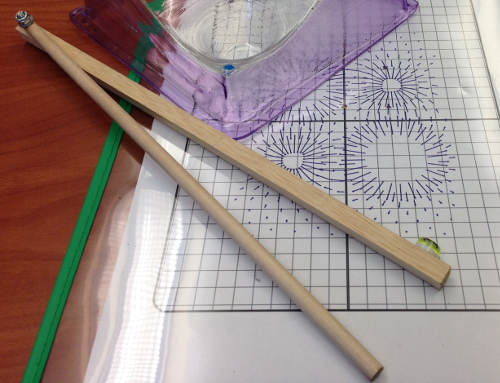Prerequisite concepts

The value of the derivative at a point on a curve is equivalent to the slope of a line tangent to the curve at that point. The tangent line can be thought of as the limit of a secant line between two points infinitesimally close together
Derivatives of multivariable functions can be found by holding one or more variables constant (subject to physical limitations).
For a smooth, two dimensional function, a partial derivative can be found at any point and in any direction.
For a smooth, two dimensional function, a tangent line exists at any point and in any direction.
The Hillside

This small group activity using surfaces introduces the gradient. Students work in small groups to determine the steepest slope and direction at a given point, then compare these results with the computed gradient. The whole class wrap-up discussion emphasizes the geometric properties of the gradient.
Representations used


Concepts taught
As the gradient lies along the direction of greatest change for a function, and contour lines lie along the direction of no change, these two objects (the gradient and contour lines) are perpendicular.

The gradient at any point on the surface gives the direction in which the height of the surface is increasing the most. The gradient neither points towards the highest point on the surface (the global maximum) nor has a vertical component (it lies in the plane of the table).
As adjacent contour lines represent equal changes in the function, the denser the contour lines, the quicker the function is changing. Therefore, the magnitude of the gradient is greater where the contour lines are denser.
FIXME